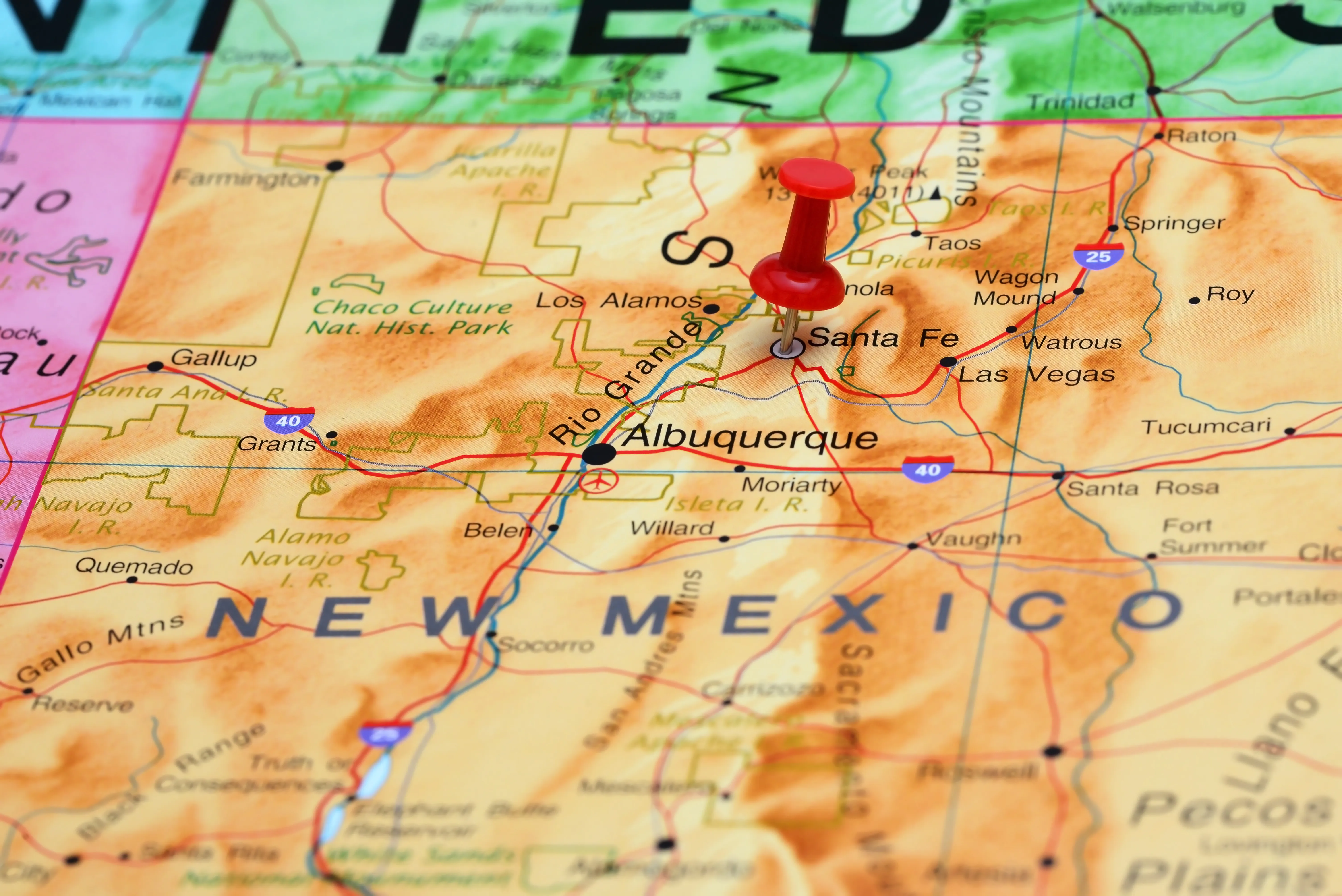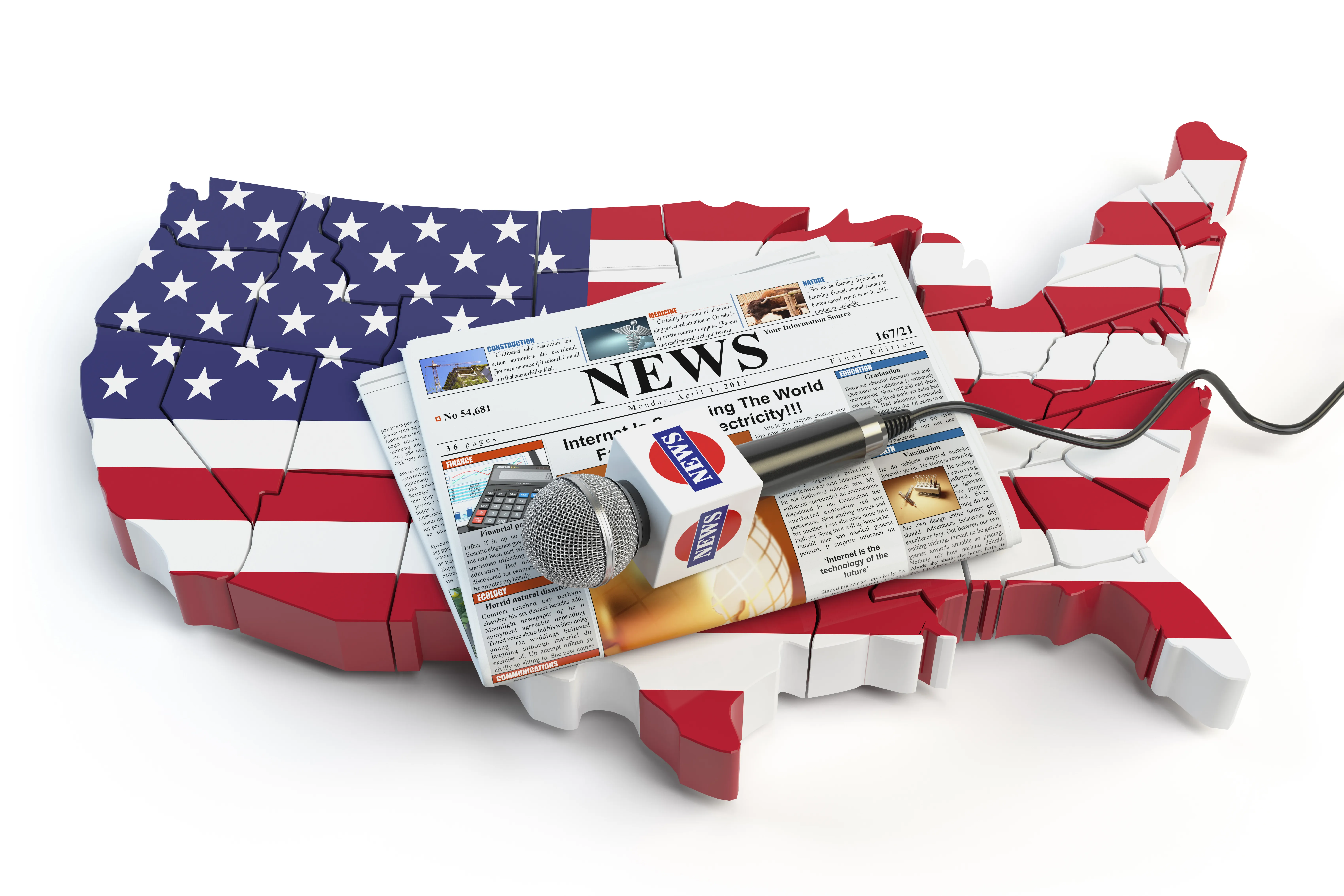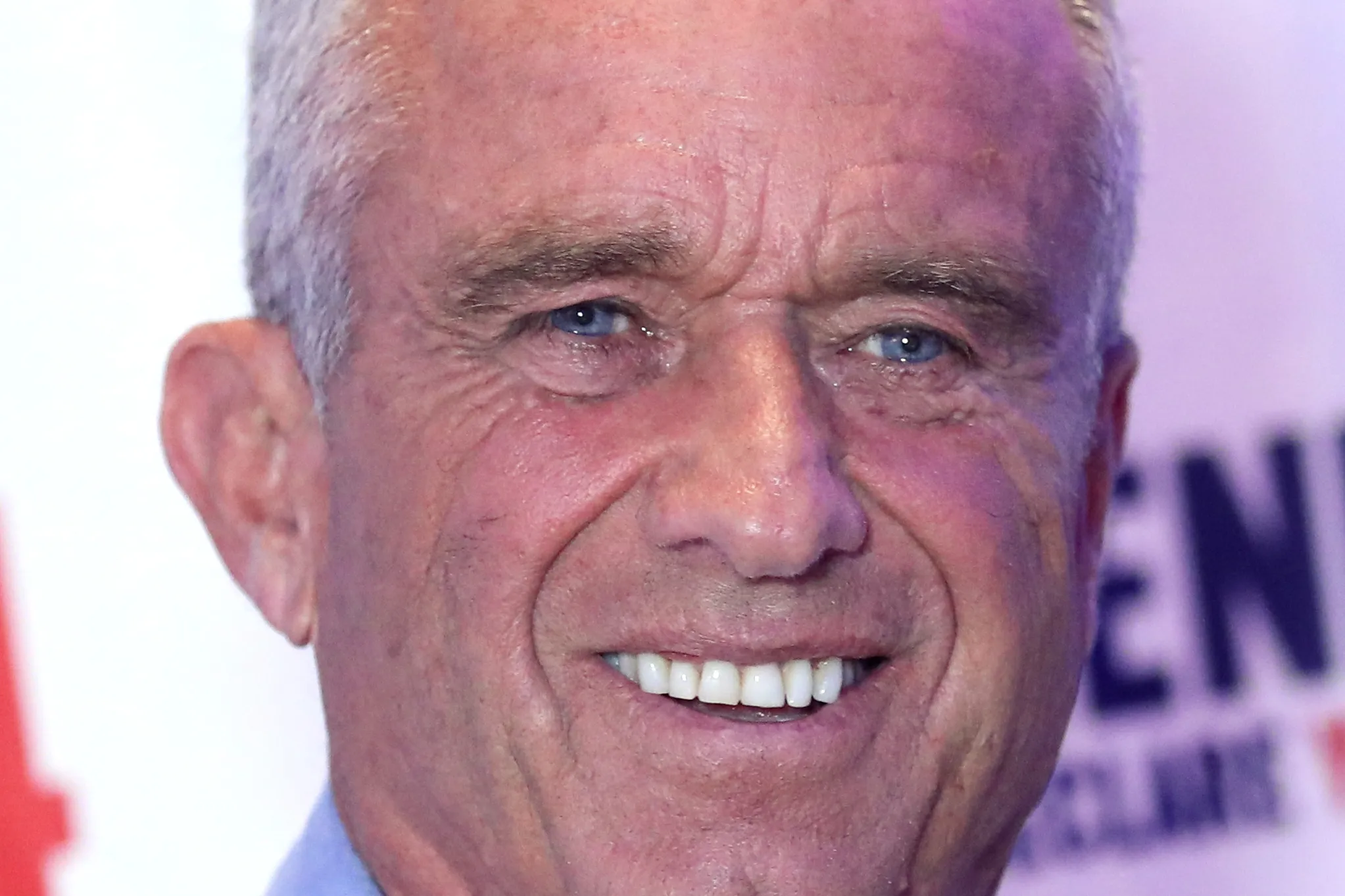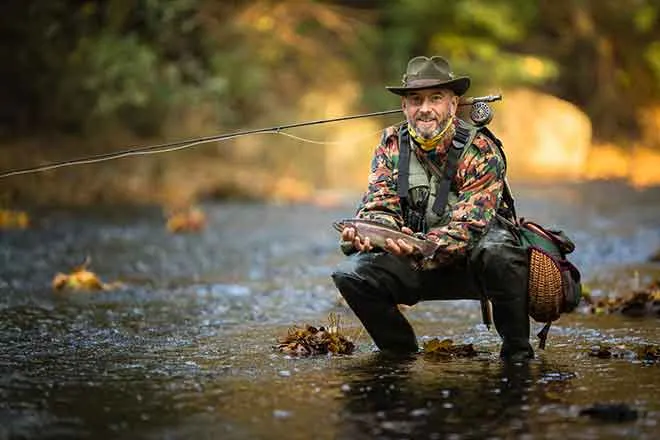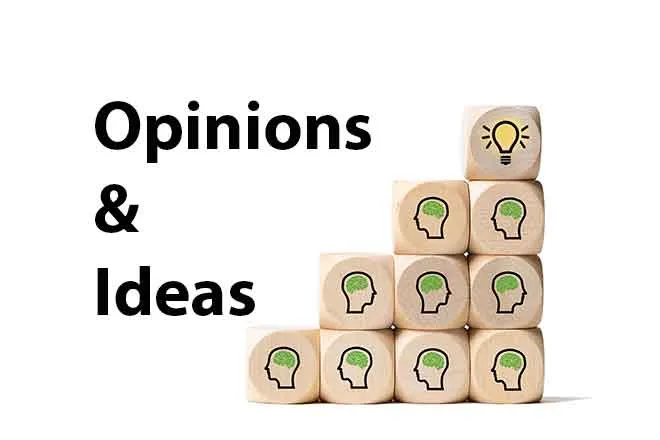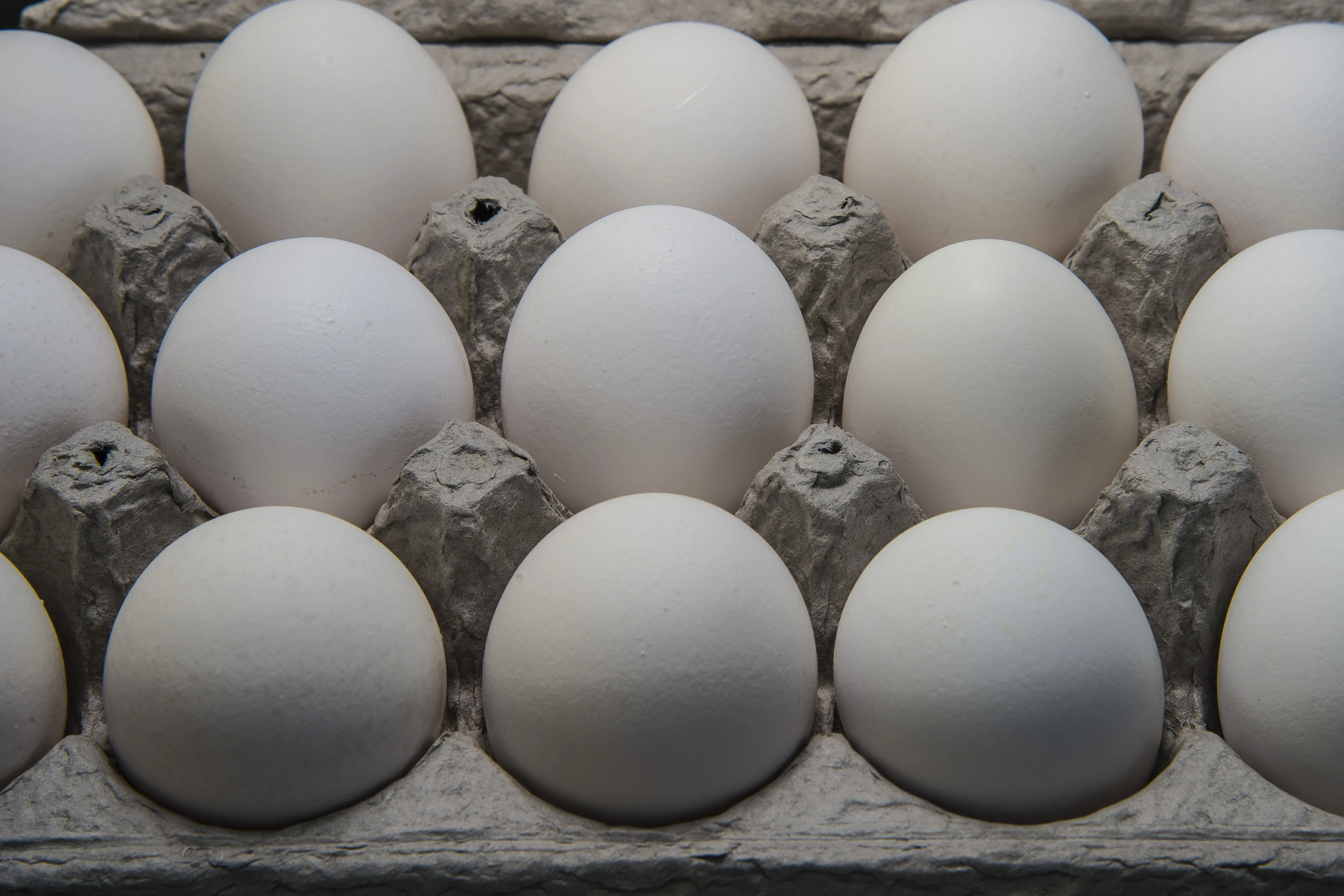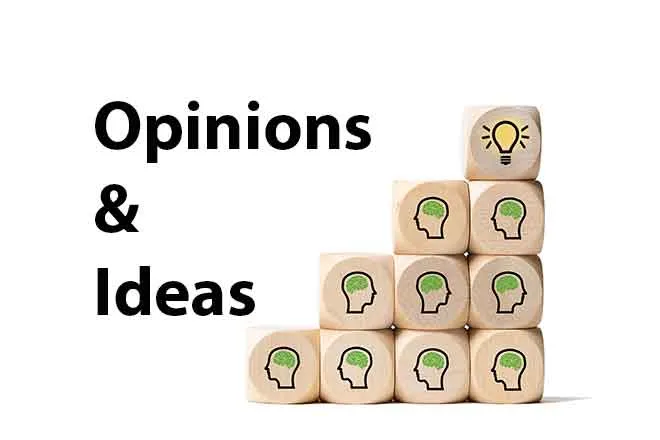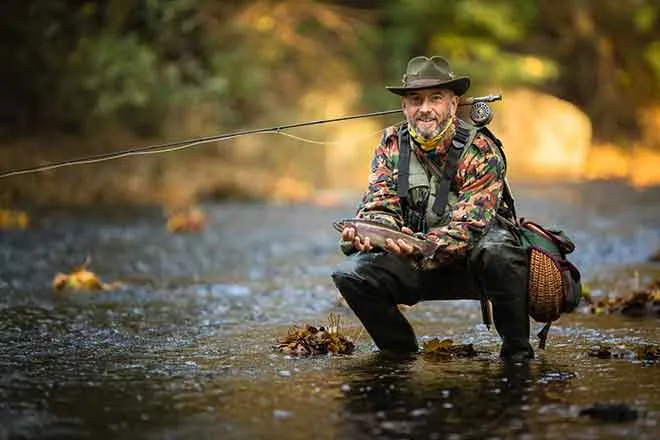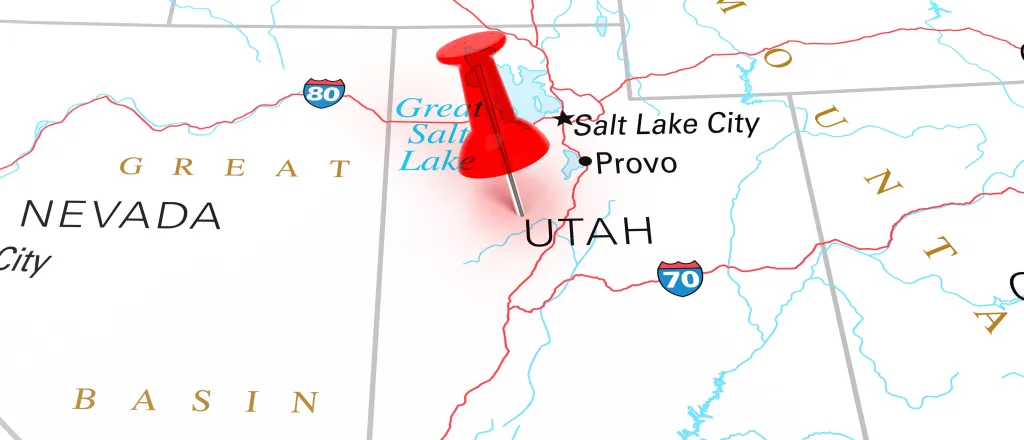
Utah receiving $19.3 million to preserve native vegetation and riparian species
(The Center Square) - Utah is getting some help from the federal government to protect native vegetation and riparian species.
The Bureau of Land Management is investing $19.3 million from the Inflation Reduction Act in different landscapes in the state. It is part of the $161 million Restoration Landscapes project from BLM; the funding covers 21 projects across 11 western states.
The Utah funding will focus on improving the Color Country Converging and Upper Bear River Restoration Landscapes.
“The funding provided through the Inflation Reduction Act will provide unprecedented opportunities to restore two of Utah’s most important landscapes,” Bureau Utah State Director Greg Sheehan said in a release issued by the bureau. “We look forward to working with local communities to collaborate and partner in our restoration efforts.”
Water in the Upper Bear River Landscape Restoration Area serves as the primary input for the Great Salt Lake, which continues to shrink. The uplands are home to much of Utah's big game and its most intact sagebrush/sage-grouse habitat.
"Riparian restoration and maintenance, planting and managing diverse native vegetation, improving stream crossings, and restoring habitat for greater sage-grouse, migratory birds and big game will contribute to resilience across northern Utah," the bureau said in its release. "Innovative and collaborative systems for managing grazing in the Three Creeks area has laid the groundwork for ongoing conservation collaboration."
Meanwhile, the Color Country Converging Restoration Landscape includes parts of the Mojave Desert, Central Basin and Range, and the Colorado Plateau. The ecosystem here includes plants that do not exist in other parts of the world. the bureau plans to invest in more recreation services and restoration projects, including restoring greater sage grouse habitat in the southern part of the range.
"Efforts in these restoration landscapes will improve the health of public lands that are being significantly degraded by invasive species, unprecedented wildfire events, unregulated use, and climate change," the bureau wrote. "With these investments, landscapes will be better able to provide clean water, habitat for fish and wildlife, opportunities for recreation, and will be more resilient to wildfire and drought."
Colorado is receiving $11.1 million for two similar projects.


